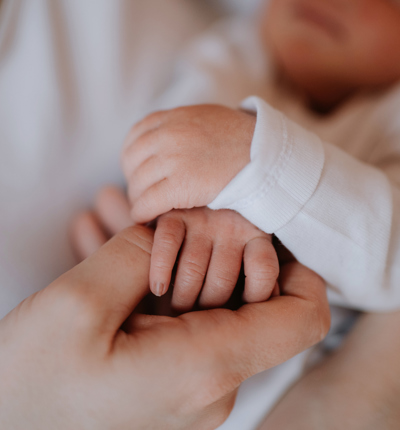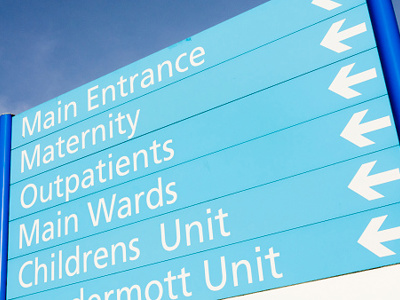
Erb’s Palsy
Contact our expert team today to discuss your claim
If your child has Erb’s Palsy that may possibly have been caused by medical negligence our knowledgeable and experienced team of lawyers can help you investigate a claim for compensation.
What is Erb’s Palsy?
Erb’s palsy, or brachial plexus palsy, is weakness or paralysis in parts of the arm as a result of significant injury to the brachial plexus, which can happen during childbirth. The brachial plexus is a bundle of nerves running from the neck to the arm responsible for movement and feeling to the arm and hand.
Sometimes, during childbirth, the baby’s shoulders can get trapped after the head has been delivered. This is known as ‘shoulder dystocia’. In order to free the shoulders, the head must be manipulated. If excessive force is applied this stretches the brachial plexus nerves, damaging them.
Get help today
Get in touch by calling 020 7650 1200 and we'll call you back
Medical negligence claims and Erb’s Palsy
It is possible for shoulder dystocia to be predicted and prevented in some circumstances. Your child may have a claim for compensation if there was a failure to offer a caesarean section when it was known that there was a risk of shoulder dystocia (for example, if the baby was large, there is a history of the mother having large babies or if they have gestational diabetes).
It is not always possible to predict when shoulder dystocia is likely to occur, but when it does occur there are guidelines and standards for how it should be managed. Your child may have a claim for compensation if there was a failure to follow the established protocols for managing shoulder dystocia during childbirth (for example if the doctors didn’t perform certain manoeuvres or applied unnecessary and excessive traction or force).
Early signs of Erb’s Palsy
Not every baby who suffers an injury to the nerves in the neck will go on to have a permanent disability. Sometimes bruising or tearing of the nerves will repair and your child will make a full recovery. However, some babies will suffer partial or complete paralysis of the arm and permanent disability that requires specialist treatment.
It is important that a diagnosis of Erb’s Palsy is made as soon as possible. The classical sign of Erb’s palsy is if your child has a ‘waiter’s tip hand’, their elbow does not bend, or their arm tends to hang limply with internal rotation of the forearm with wrist and finger flexion. Babies may also have Torticollis, where they turn away from their affected arm and cannot face forwards easily. Tests can be carried out that show which nerve/s are damaged and treatment in the first year of life can have a significant impact on recovery.
Get help today
Get in touch by calling 020 7650 1200 and we'll call you back
See how we helped others
Significant six-figure settlement for Erb's Palsy client who was injured during her delivery
Medical negligence specialist lawyers settle case for client whose birth was mishandled

Five-figure settlement secured after baby developed Erb’s Palsy and permanent facial scarring at birth
A mother and her son have received a settlement from Ashford and St Peter’s Hospitals NHS Foundation Trust after he suffered permanent facial scarring and Erb’s Palsy (paralysis of the arm) following a traumatic forceps delivery.

